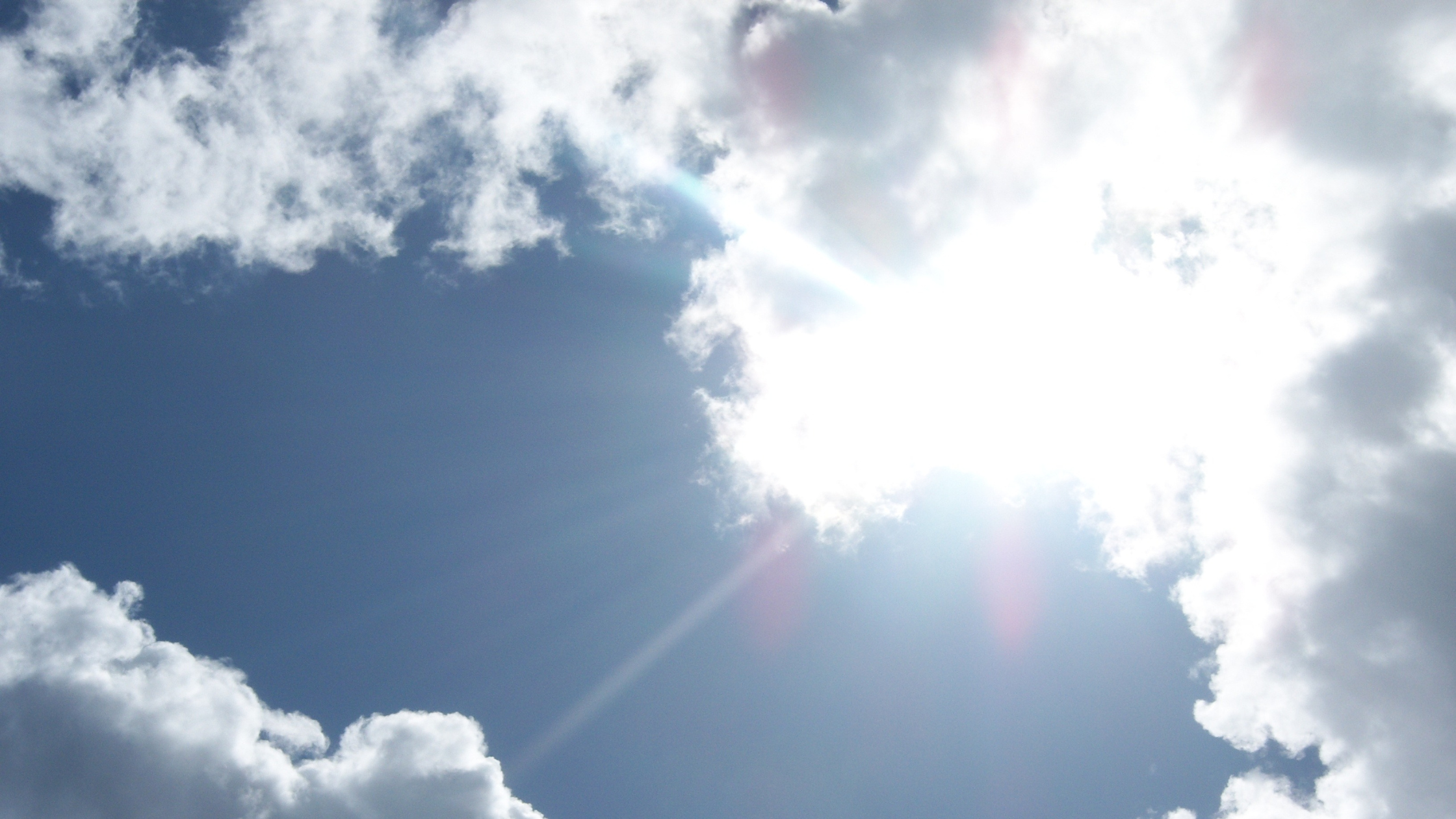 Sunlight was the natural alarm clock of our ancestors, which is probably why our body responds to it the way that it does. Before technology and alarm clocks, the sun and presence of light dictated circadian rhythms.
Sunlight was the natural alarm clock of our ancestors, which is probably why our body responds to it the way that it does. Before technology and alarm clocks, the sun and presence of light dictated circadian rhythms.
Today, that is still true, but we are just exposed to so much artificial light, that our circadian rhythms are not as synchronized to the sun as they once were.
Balancing your circadian rhythm is important for helping you wake up and go to sleep everyday. One way to help manage that is to get exposure to sunlight or sleep early in the morning, and reduce it late at night. Continue reading for information on sunlight's impact on sleep!
How light helps
Light is the main driver of our night-day cycle. Without it, our body doesn't know when to "start" the day. Our bodies will run mostly on patterns determined by genetics. The issue with this, is that genetics may not fall on the standard 24-hour day that determines how our society works. This can cause issues in everyday functioning and, eventually, will not work in the long run.
Light exposure is important because as light hits the back of the retina - a group of cells in the eye - the brain begins to release a hormone called cortisol. Cortisol jumpstarts all the rest of the hormones and activities in the body required for daily functioning.
Without this light exposure, individuals suffer from metabolic disorders, sleep-wake disorders, and other issues that arise from not having a consistent sleep schedule.
Those who have issues with their circadian rhythms either have a phase advance or delay, shift-work disorder, or suffer from some type of insomnia. Light exposure can help balance all of these rhythms so and regulate the patterns of sleep and wake.
Light therapy
The best way to get light in the morning is to go outside, open the blinds, walk to school or work, whatever increases the amount of light exposure as early as possible.
Light therapy is the process of exposing your body to as much light as possible to help with certain sleep disorders like:
- insomnia
- circadian rhythm
- dementia
- Parkinson
- depression
- PTSD
- seasonal affective disorder
There is emerging evidence that light therapy can help with all of these disorders, especially because many of them interfere with one's ability to get a good night's rest and then feel energetic in the morning.
If you, or someone you know, struggles with these disorders, the best thing to do may be to get outside first thing in the morning. Exposure to sunlight is the natural way to help balance sleep patterns, which can lead to positive improvement in symptoms with improved sleep.
Light boxes
If sunlight is not an option, or not enough, there are some artificial sources of light that can be beneficial. These are called lightboxes, and they have become much more widely available. They can be purchased and perched right on your desk to provide you with an extra boost of light to help get you through the morning.
Many of these provide an intensity of light that is about 10,000 lux. The sun has a lux of 100,000 for comparison. The really good ones are expensive, but there are some alternatives that are much more affordable, even if they aren't as effective.
Sunlight is free, so that is also a good starting point before investing money in a light box. Light Boxes are also great for those that live in areas with months of unremitting darkness, such as in Alaska during the winter months or those that need to be up overnight for shift work. .
Morning Rays
Light therapy is largely beneficial for most people if it happens in the morning, pretty much as early as possible. It's best to spend 30-45 minutes getting direct sunlight exposure for your eyes. This will really help stimulate your brain and wake up the rest of your body.
The most important aspects of light exposure include:
- Within an hour of waking
- 30-45 mins
- No glasses or visors,
- Direct light, not through a glass
- Sunscreen use isn't a problem
Getting sunlight throughout the day
The best way to get exposure is to go out for a walk because that also takes care of physical activity. You also can sit on the patio while enjoying coffee or reading. As long as you are getting direct sunlight, that is all that matters. Even if there is over cast, you will still get the same affect.
Keeping a regular schedule can also help train your body when to wake up and go to sleep. Try to wake up and go to sleep at the same time everyday, and get as much light exposure as your lifestyle allows.
If you are still having issues, and you think it may be due to another issue, then please click the orange button to take a free online sleep test and talk with one of our sleep health professionals.
https://www.verywellhealth.com/morning-sunlight-exposure-3973908

